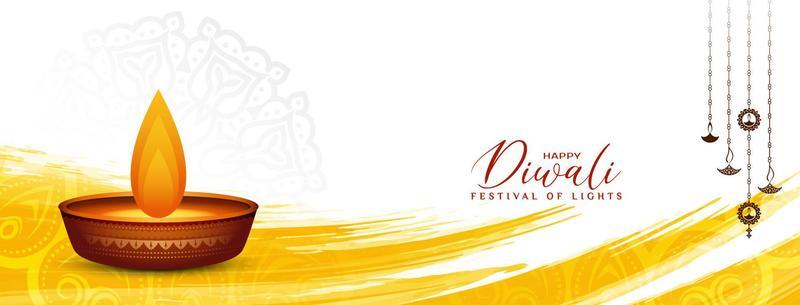In an increasingly interconnected world, the proliferation of cultural change banners serves as an illuminating mirror reflecting societal transformations. These banners, often visually striking and rich in symbolism, encapsulate the essence of cultural narratives. They address pivotal themes, such as identity, heritage, and community values, allowing for a deeper introspection into the underlying reasons that fuel the fascination with cultural representation.
At their core, cultural change banners communicate messages that resonate with collective identities. They often emerge during periods of significant socio-political shifts, acting as both a catalyst and a reflection of public sentiment. For instance, a banner may herald a festival, celebration, or social movement, visually embodying the hopes and dreams of a community. This is particularly relevant in cultural contexts where traditional practices are juxtaposed against contemporary realities, highlighting the fluidity of cultural identities.
One cannot overlook the aesthetic appeal of these banners. The use of vibrant colors, intricate designs, and evocative imagery creates an immediate attraction. Take, for instance, a cultural banner featuring elements from a popular festival, such as Diwali, characterized by the iconic diya (oil lamp). Such visual elements do not merely serve decorative purposes; they are saturated with meaning. The diya symbolizes light overcoming darkness, which aligns seamlessly with the narratives of hope and renewal prevalent during such celebrations.
Moreover, cultural change banners are often steeped in historical significance. They recount tales of resilience, transformation, and the struggle for recognition. By examining these banners closely, one can trace the trajectory of a community’s evolution over time. For example, a banner that celebrates Indigenous heritage may invoke ancestral ties and the ongoing quest for acknowledgment and rights. This historical lens fosters a connection between the past and present, urging viewers to recognize the enduring impact of history on contemporary cultural expressions.
The psychological allure of these banners also merits exploration. Humans are inherently drawn to symbols and motifs that speak to their lived experiences. Cultural banners resonate emotionally, often evoking nostalgia or pride. This reaction is particularly pronounced in diasporic communities, where banners celebrate traditional customs that may otherwise recede in the backdrop of modernity. The longing for cultural continuity and affirmation becomes palpable as individuals engage with these visual narratives, thereby reinforcing community bonds.
Furthermore, the digital era has transformed the landscape of cultural change banners. Social media platforms provide a venue for the rapid dissemination of these visuals, allowing them to reach global audiences. This democratization of cultural expression is both empowering and challenging. While it amplifies voices that may have been marginalized, it also risks diluting cultural significance when sanitizing images for mass consumption. The challenge lies in balancing authentic representation with broader accessibility, ensuring that the essence of cultural narratives is not lost in translation.
In addition to historical and aesthetic considerations, the role of cultural change banners in fostering dialogue and activism cannot be understated. They catalyze conversations around pressing issues such as climate change, social justice, and equity. Banners calling for action often intersect with cultural motifs, thereby embedding environmental concerns within cultural discourses. For example, a banner portraying a traditional landscape may simultaneously symbolize cultural heritage and raise awareness about environmental degradation. This intersectionality fosters a holistic understanding of issues that transcend individual disciplines, weaving threads of interconnectivity among various forms of advocacy.
As cultural change banners evolve, they also adapt to the challenges posed by globalization. The blending of local and global influences often gives rise to hybrid representations that reflect the complexities of modernization. These hybrid banners may incorporate various cultural elements, showcasing diversity and prompting discussions about cultural appropriation versus appreciation. Navigating this intricate terrain requires discernment, underscoring the need for communities to assert authority over their cultural representations while embracing the influences that shape contemporary society.
In addition to their visual and symbolic dimensions, cultural change banners also serve pragmatic purposes. They galvanize community members by fostering a sense of belonging and collective purpose. This was notably seen during protests or gatherings, where banners emblazoned with slogans or symbols became rallying points. The act of creating and displaying these banners involves a communal effort, creating spaces for collaboration and solidarity. Such collective creativity not only articulates a community’s values but also empowers individuals, reinforcing the notion that their voices matter within the societal framework.
In conclusion, cultural change banners transcend their mere existence as celebratory paraphernalia. They encapsulate a multitude of narratives, emotions, and connections, serving as visual testaments to the complexities of cultural identity. As society continues to evolve amidst an ever-changing landscape, these banners will undoubtedly remain as potent symbols of transformation, challenging individuals to confront the realities of their cultural heritage while inspiring future generations to preserve and innovate. The fascination with cultural change banners lies not solely in their aesthetic appeal but within their power to narrate stories, provoke thought, and inspire action, thus solidifying their place within the tapestry of human experience.
